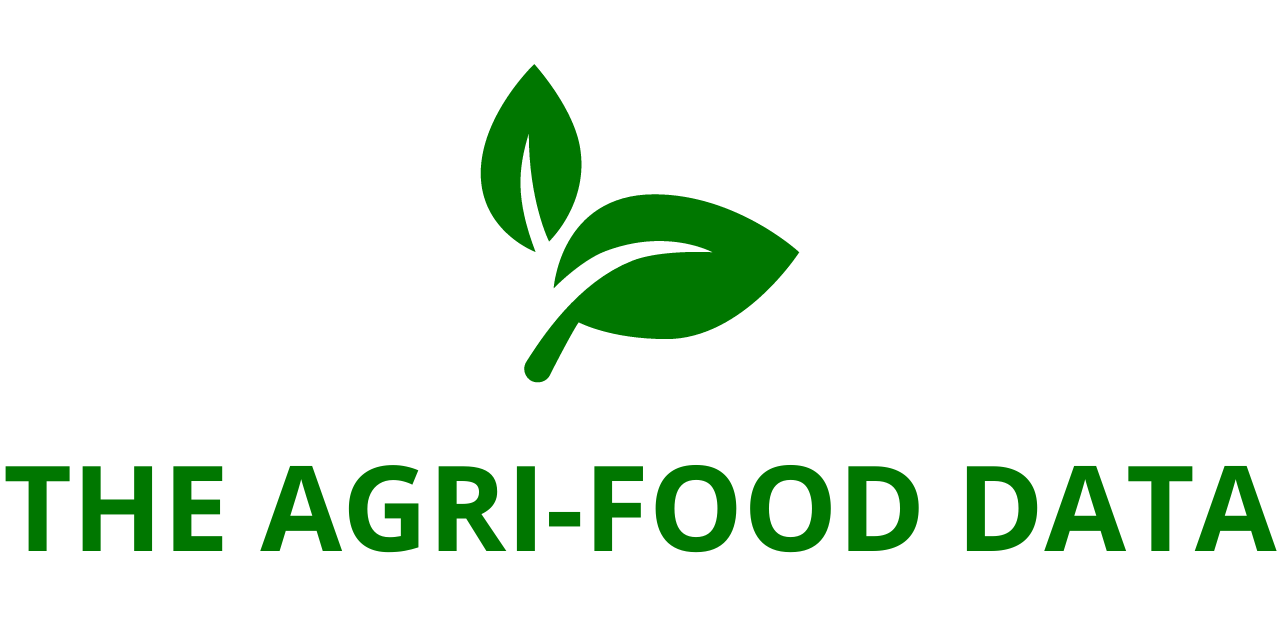
The global shelf-life testing market, valued at $3.1 billion in 2023, is projected to grow to $4.3 billion by 2030, registering a compound annual growth rate (CAGR) of 4.7% during the forecast period. This upward trajectory underscores the increasing importance of shelf-life testing in food, pharmaceuticals, and other industries that prioritize product quality and safety.
Drivers of Growth in the Shelf-Life Testing Market
The shelf-life testing market’s expansion is fueled by several key factors, primarily the rising demand for quality assurance and regulatory compliance across industries. In the food and beverage sector, consumers increasingly demand products with longer shelf lives, reduced waste, and maintained freshness. Similarly, in the pharmaceutical industry, accurate shelf-life testing ensures the efficacy and safety of drugs, vaccines, and biologics in a tightly regulated environment.
Key drivers include:
- Technological Advancements: Innovations in analytical techniques, such as high-performance liquid chromatography (HPLC), mass spectrometry, and spectroscopy, allow precise identification of chemical changes, spoilage, and microbial contamination.
- Evolving Consumer Preferences: The demand for ready-to-eat, functional, organic, gluten-free, and plant-based foods is driving the adoption of advanced shelf-life testing methods.
- Focus on Food Safety and Compliance: Stringent regulations on food safety and quality assurance are encouraging manufacturers to invest in more accurate and reliable testing methods.
- Advances in Testing Techniques: The development of non-destructive, multi-parameter, and accelerated testing methods enables faster, cost-efficient, and comprehensive product assessments.
Moreover, the integration of digital technologies such as sensor systems, predictive modeling, and cloud-based platforms supports real-time monitoring of product conditions, providing insights into temperature, humidity, and microbial activity. These tools empower manufacturers to make data-driven decisions and improve supply chain transparency.
Technological Innovations Transforming Shelf-Life Testing
Technological advancements have significantly enhanced the speed, accuracy, and cost-efficiency of shelf-life testing. Key innovations include:
- Advanced Analytical Techniques: Gas chromatography, HPLC, and mass spectrometry deliver precise results, enabling manufacturers to identify spoilage and degradation with high sensitivity.
- Digital Quality Control: Sensor technologies, combined with data analytics, offer real-time tracking of storage conditions and product stability. This allows for proactive shelf-life management, reducing waste and ensuring compliance.
- Cloud-Based Platforms: Remote testing and data sharing through cloud solutions enhance collaboration across stakeholders, improving decision-making and regulatory adherence.
- Non-Destructive and Accelerated Testing: These methods reduce testing durations while maintaining accuracy, benefiting industries where rapid quality control is crucial.
These innovations are particularly relevant to sectors like food and beverage, pharmaceuticals, and cosmetics, where safety, efficacy, and consumer satisfaction are top priorities.
Leading Market Segments
The shelf-life testing market is categorized based on parameters, technologies, and end-users:
- By Parameter Type:
- Microbial Contamination: This is the most widely tested parameter, critical for ensuring food and drug safety.
- Chemical Degradation and Physical Stability: These parameters are vital for assessing product quality over time.
- By Technology:
- HPLC and spectroscopy dominate the market due to their sensitivity and versatility.
- Accelerated testing methods are gaining traction for their ability to deliver quick results.
- By End-User:
- Food and Beverage Industry: This sector accounts for the largest share due to strict safety regulations.
- Pharmaceutical Companies: Shelf-life testing is essential for ensuring the stability and potency of drugs and biologics.
- Cosmetics and Research Laboratories: Growing demand for product stability analysis drives adoption in these segments.
Regional Insights and Market Trends
The United States, valued at $823.7 million in 2023, is a key player in the global market, with robust demand for shelf-life testing in food and pharmaceutical sectors. Meanwhile, China is expected to exhibit a remarkable CAGR of 8.6%, reaching $1 billion by 2030, fueled by rapid industrial growth and stricter safety standards. Other regions, including Europe, Japan, and Canada, also contribute significantly to market growth, with Asia-Pacific emerging as a high-growth region due to the expansion of food and pharmaceutical industries.
Market Opportunities and Future Outlook
The shelf-life testing market is poised for further growth, driven by:
- Increasing investments in research and development for organic and clean-label products.
- Rising adoption of advanced testing solutions for allergen detection, nutritional stability, and microbial safety.
- Expansion of applications in cold chain management, retail, and distribution.
Comprehensive Report Highlights
- Market Data: Annual sales forecasts from 2023 to 2030 provide insights into market trends and growth opportunities.
- Regional Analysis: Detailed evaluations of key markets, including North America, Europe, Asia-Pacific, and emerging regions like Latin America and the Middle East.
- Competitive Landscape: Profiles of major players, including Agrifood Technology, ALS Ltd., and AsureQuality Ltd., highlight industry dynamics and innovations.
- Updates and Insights: Complimentary updates for one year ensure businesses stay informed about evolving market conditions.
Key Segment Growth
Notably, the microbial contamination testing segment is projected to reach $2 billion by 2030, growing at a robust CAGR of 6.1%. The rancidity testing segment will also witness steady growth, with a CAGR of 5.1% during the forecast period.
In conclusion, the global shelf-life testing market is set for substantial growth, driven by technological advancements, regulatory requirements, and evolving consumer preferences. As industries prioritize product quality and safety, the demand for reliable and efficient testing solutions will continue to rise, creating significant opportunities for innovation and market expansion.





